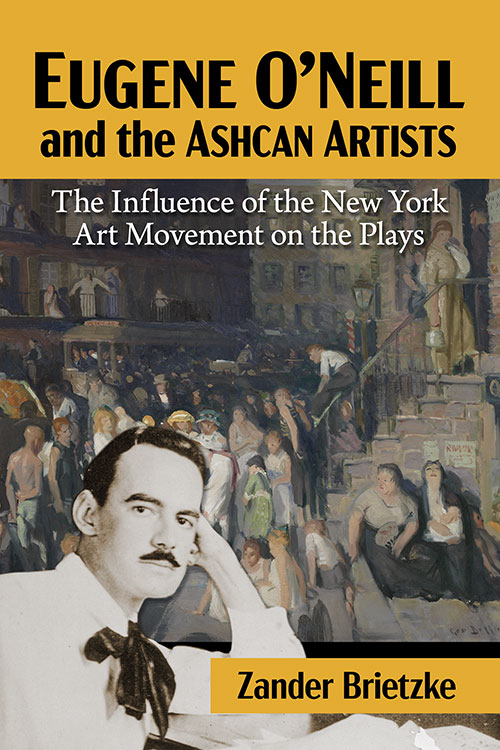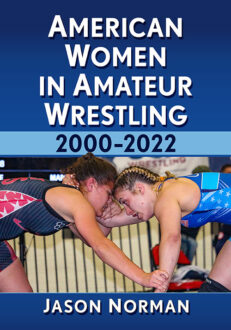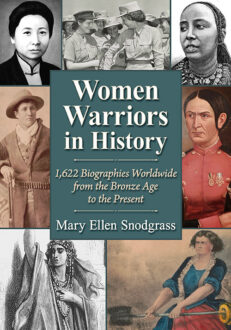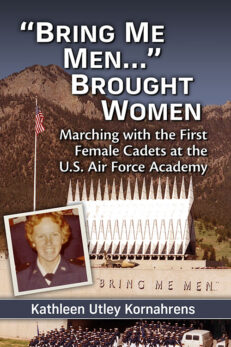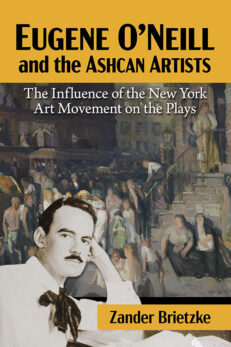Eugene O’Neill and the Ashcan Artists
The Influence of the New York Art Movement on the Plays
$55.00
In stock
About the Book
Eugene O’Neill lived with the artist George Bellows in the early twentieth century; met Robert Henri, the leader of the future Ashcan School; and knew John Sloan, who etched O’Neill at the Lincoln Arcade studio on Upper Broadway. These visual artists made a profound impression on the future playwright, and when O’Neill began writing plays in 1913, he drew upon the images he had first seen on canvas or paper.
This book presents the centrality of New York City on Eugene O’Neill’s imagination—the notorious Tenderloin section, Greenwich Village, the Lower East Side, Fifth Avenue, and Gramercy Park—and it does so through the brushes, pens, plates, and stones of the Ashcan artists. The sixty images herein reveal the shared aesthetic sensibilities between all the respective artists and foreground the honest, unflinching, and simple beauty that O’Neill sought to portray in all of his dramatic works: from the early one-acts with the Provincetown Players, to the Broadway blockbusters in the 1920s, and culminating with the posthumously-produced plays he wrote in near seclusion to conclude his career.
About the Author(s)
Bibliographic Details
Zander Brietzke
Format: softcover (6 x 9)
Pages: 227
Bibliographic Info: 48 photos, appendix, notes, bibliography, index
Copyright Date: 2025
pISBN: 978-1-4766-9467-2
eISBN: 978-1-4766-5448-5
Imprint: McFarland
Table of Contents
Illustrations ix
Acknowledgments xi
Abbreviations xiv
Preface 1
Introduction: Urban Landscapes 3
Chapter 1. Terminal Excavation 25
Chapter 2. Lincoln Arcade 49
Chapter 3. Hell Holes 72
Chapter 4. Tenement Squalor 91
Chapter 5. Village Radicals 117
Chapter 6. Vanderbilt Alley 138
Chapter 7. Tenderloin Vice 159
Between pages 178 and 179 are 6 color plates containing 12 photographs
Conclusion: Plein Air 179
Appendix: Geographic Chronology of Plays and New York City 183
Chapter Notes 187
Bibliography 195
Index 201
Book Reviews & Awards
• “Eugene O’Neill and the Ashcan Artists is a unique—and compelling—investigation of the ashcan artists’ influence on playwright Eugene O’Neill. Packed with research and close readings of visual and literary materials, the manuscript is a fascinating study that takes us through key sites of cultural production, from the infamous Hell Hole bar to Penn Station. Brietzke places us in the scene by carefully describing a vibrant collective of writers, painters, anarchists, architects, and philosophers that constituted the Progressive Era. The manuscript is beautifully written, with compelling prose and intriguing details. The close readings of paintings are riveting, as is the dramatic analysis, making us see things anew. This is a book you will want on your shelf.”—Katie N. Johnson, PhD, Professor of English, Miami University
• “Not only does Brietzke make a profound contribution to Eugene O’Neill studies, but he also offers a methodological model that employs iconography as a critical lens for script analysis.”—Anne Fletcher, professor emerita, School of Theatre & Dance, Southern Illinois University
• “The book is meticulously researched and full of boldly conceived and dazzlingly synthesized analyses of O’Neill’s drama and the contemporaneous painting of his friend George Bellows and other associates of the Ashcan School. And it’s a delight to read, which matters. Hats off to the good folks at McFarland, who have again demonstrated their commitment to O’Neill scholarship. They have produced a handsome book…”—The Eugene O’Neill Society

